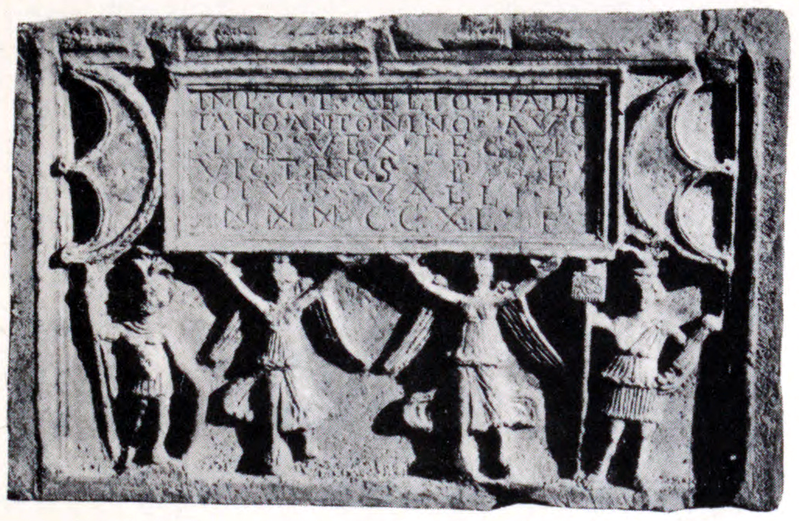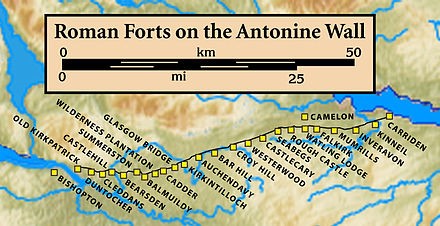The Second Legion played a major role in the development of the Antonine Wall, but what else do we know about them? Read on to find out more…
The Second Legion
One of the three legions involved in the construction of the Antonine Wall, the Legio II Augusta, seem to have spent most of their time in Wales, although they have two recorded incursions into Scotland. First they came to the wider Falkirk area with the Emperor Antoninus Pius in the late 130sCE and they later returned in Septimius Severus’s conquest attempt in 208CE (Pollard and Berry p.85). Like all the Legions that served in Britain, the Second Legion’s movements and orders were greatly affected by wider events across the empire which influenced where they were stationed across the provinces.
Potentially recruited by Augustus, then Octavian, the first Roman Emperor (see image below), the Second Legion fought against his main rival Marc Anthony on the Po eastern plains. They were later employed against Brutus and Cassius, the infamous assassins of Julius Caesar, during the 42BCE Battle of Philippi (Livius.org). The legion are further recorded to have served with Augustus in Germania, because the defeat of Varus and the loss of three Roman legions at Teutoburg Forest in 9CE led to an urgent need for reinforcements in the region (Pollard and Berry p.86).
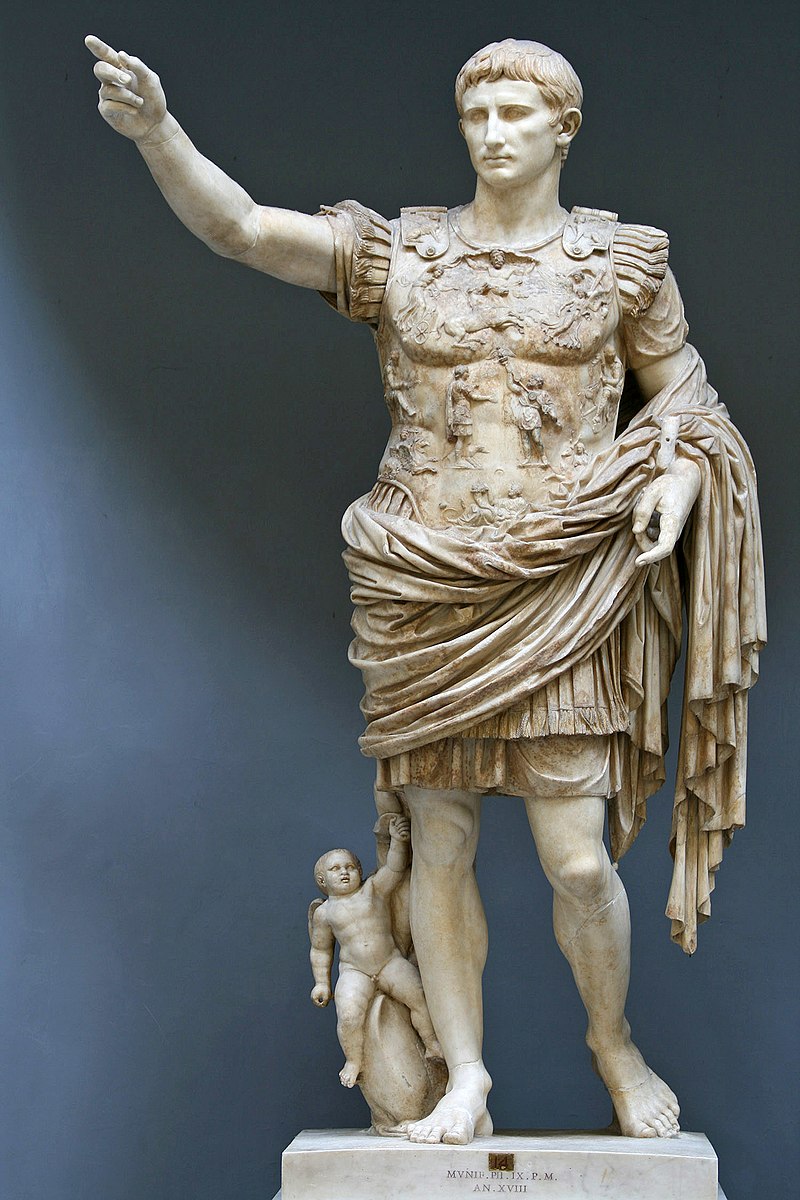

In Britain
The Second Legion first reached Britain in 43CE on the campaign of the Emperor Claudius, where they spent time in Silchester, Dorchester and Gloucester (Livius.org). Their Commander from 42CE was Titus Flavius Vespasianus. He later became the Emperor Vespasian (see below) after emerging victorious from the 69CE Civil War and founded the Flavian dynasty (Pollard and Berry p.86). Surviving records for the legion show they served in Wales in 75CE, allegedly refused the call to assist in the fight against Boudicca in 60-61CE, and mostly remained behind during the invasion of Agricola into Scotland. Although a few Second Legion units were apparently present during Agricola’s lauded victory at Mons Graupius, they did not engage with the enemy. The battle was instead won by auxiliary units, who then garrisoned Agricola’s forts (Pollard and Berry p.86).
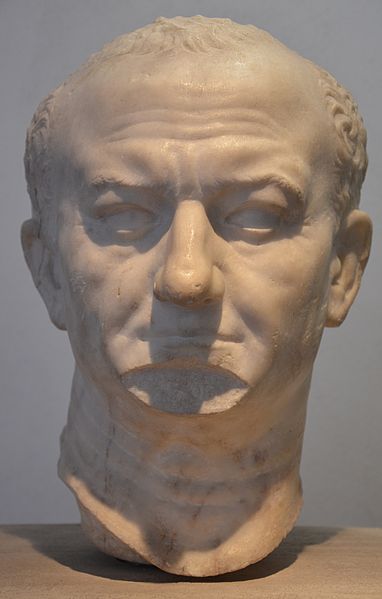

The Antonine Wall
The whole legion marched into Scotland, or Caledonia as it was known to the Romans, under the reign of Antoninus Pius, successor to Hadrian. They began to build the Antonine Wall to defend their gains. Beginning in 139CE, the wall was completed in 142CE, with the help of two other legions, the Sixth Legion Victrix and the Twentieth Legion. Evidence of their role in its construction can be seen in their inscription to the goddess Fortuna excavated from Castlecary fort, and in the Bridgeness Tablet, dedicated to Antoninus Pius and decorated with a Roman cavalry soldier, both of which can be found within the Falkirk area (see top image) (“Castlecary: Site by Site”). Each legion was comprised of about 5,000 men, of which only 120 were horsemen (Le Glay, Voison and Le Bohec p.378). Cavalry, then, generally made up a minority of each legion. After the Antonine Wall was built, the Second Legion fought during the 155-158CE revolt in northern Britain, which resulted in a call for reinforcements from as far as Germania (Livius.org).
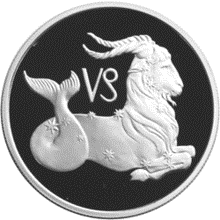

The Severan Dynasty
Of the three legions, the Second Legion Augusta had the closest connections with the Severan dynasty, which was established after the victory of Emperor Septimius Severus during the second civil war. They were recorded to have been heavily involved in Septimius Severus’s attempt to conquer Scotland between 208-211CE and had a Second Legion tribune in his brother Publius Septimius Geta in the 170sCE (Pollard and Berry pp.89, 92). By the third century, they had been granted the honorific title “Antonina,” meaning “dear to the Emperor,” by either Emperor Caracalla, the son of Septimius Severus, or a later Emperor Heliogalbus (Livius.org). Despite the efforts of Septimius Severus to subjugate Scotland, his son Caracalla, who had previously been engaged in his father’s campaigns, made peace with the Caledonians and re-established the border at Hadrian’s Wall. The Second Legion largely remained in their Welsh base at Caerleon from the mid-third century onwards and did not return to Scotland (Pollard and Berry p.92).
The Second Legion would have had their eagle standard, as with all Roman legions, and had sigils including Capricorn, Pegasus, or Mars, the Roman God of War. Of these, the most long lived was Capricorn (see above), which was the only one still in use by the legion by the third century CE (Livius.org). You can visit sites along the Antonine Wall in Falkirk and see what remains of the Second Legion’s efforts.
By Laura McWhinnie, Hidden Heritage Online: Ancient Falkirk volunteer.
